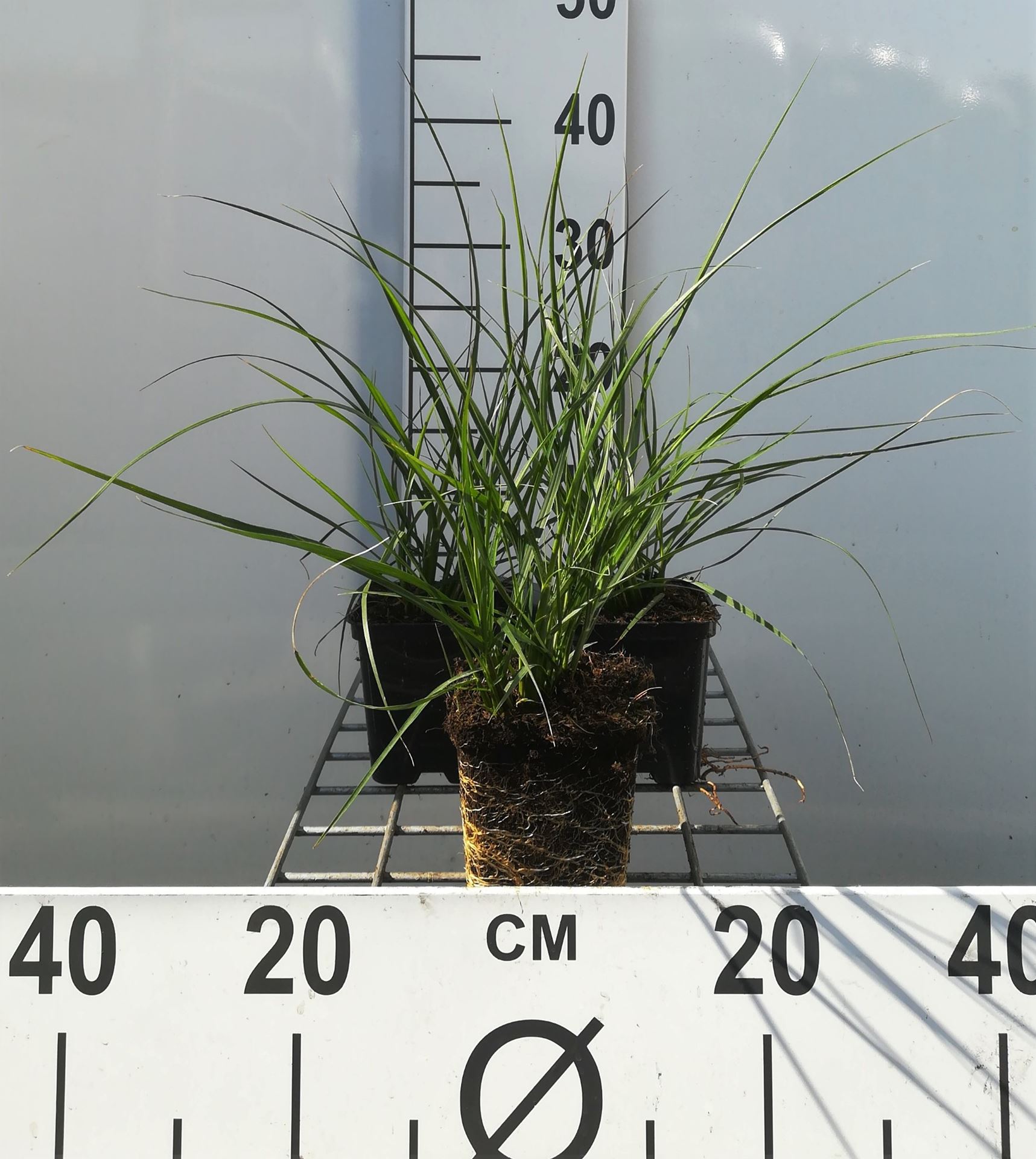
10 popular ground covers, part 1
Ground covers make your garden into a whole, and keep weeds at bay. They creep in between the eye-catchers in your garden but can also attract attention themselves with their colourful blooms. They often attract extra bees and butterflies for good pollination of your (vegetable) garden. We introduce you to 10 popular ground covers: From evergreen varieties to specimens with a very striking bloom.
1. Hedera helix or ivy
-
Height: When growing upwards ivy can become 10 to 15m high.
- Position: Full sun, half shade or shadow. Ivy is not picky.
- Number per m²: 3 pieces
Hedera Helix, better known as ivy, can be used both as a ground cover and as a climbing plant. There are dozens of varieties available, with different colours and leaf shapes, but the classic ivy has oval leaves in a dark green colour. During the flowering period, green-white flowers appear, which are followed in autumn by small dark-blue berries, which the birds love to eat. The big advantage of ivy is that it also does well in the shade. It is best to prune ivy in March or April.
2. Vinca minor or Lesser periwinkle
-
Height: 0.2 to 0.25m
- Position: Full sun, semi shade and shade. The more sun, the more flowers.
- Number per m²: 8 to 12
The lesser periwinkle is a low-growing, green ground cover. During April and May, beautiful blue-purple star-shaped flowers bloom. Prune this ground cover thoroughly after flowering. Vinca minor is very hardy and retains its green colour throughout the winter. Young plants can suffer from a lot of fall-out.
3. Campanula portschlagiana or bellflower
- Height: 0.1 to 0.5m
- Position: Full sun or semi shade
- Number per m²: 7 to 9
This campanula is characterised by its bell-shaped purple flowers. They bloom in clusters from June to August and attract many bees and butterflies to the garden. The bellflower is easy to maintain; you only have to cut off the dead flowers. This ground cover is hardy but not evergreen. Be careful because its leaves are eaten by snails.

Tip from Marcel
Pennisetum alop. Hameln can also be used as an alternative to a ground cover, as it grows densely quite quickly.
4. Ajuga reptans 'Atropurpurea' or creeping blackthorn
- Height: 0.15 to 0.35 m
- Position: Sun, half shade or shadow
- Number per m²: 9 to 15
5. Waldsteinia ternata or Golden Strawberry
- Height: 0.1 to 0.2m
- Position: Half shade, shadow
- Number per m²: 9 to 11
Curious about our other 5 favourites? Thenclick here to read more!
More info? Receive all our gardening tips directly in your mailbox!
We'll only email you handy facts, green advice and our best promotions & discounts. You'll receive it about once a week and you can unsubscribe at any time. No spam, promise 🤞













